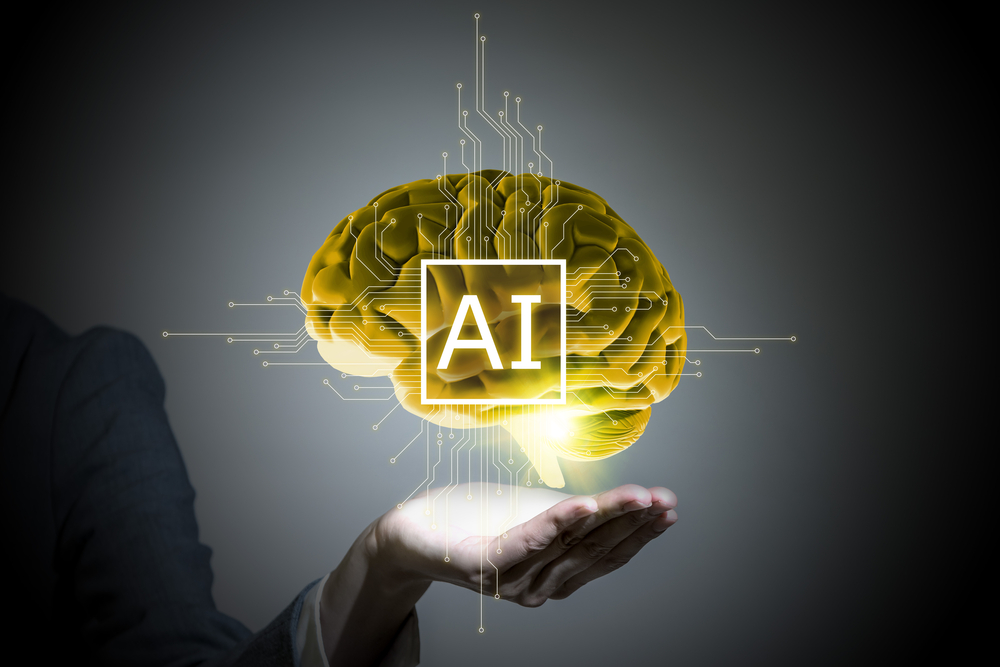Data from Nansen on Sunday showed that there was a slowdown in the number of withdrawals from Singapore-based crypto exchange Huobi.
This was despite a recent drop in the price of the USDD stablecoin of Tron. On Friday, data had shown that Huobi withdrawals in 24 hours had been a whopping $60.9 million.
It was after reports of the crypto exchange reducing its workforce by 20% began circulating in the market.
Withdrawals slow
In response, Justin Sun, who had launched Tron back in 2017 and also has a majority stake in Huobi, deposited stablecoins worth $100 million in the exchange.

The deposit from the crypto mogul was mostly in the form of Tether (USDT) and USD Coin (USDD) and was made as a show of confidence in Huobi.
Data from Nansen showed that there was a slowdown in withdrawals from Huobi by midday Sunday, as they had declined to just under $12 million.
Weekly withdrawals on Friday had stood at $94.2 million, but they dropped down to $84 million. But, the past week has seen the price of Tron’s stablecoin i.e. USDD waver between $0.983 and $0.972.
Similar to other stablecoins, the price of USDD is pegged to the US dollar, but at the time of publishing, it stood at $0.977.
Previous declines
The most recent situation when USDD had lost its dollar peg had happened back in October. Data from CoinGecko shows that the data has not hit the $1 mark in almost a month.
On June 12th, 2022, the USDD had dropped below $1, which was just a month after the Terra ecosystem had collapsed. It had not been until July 26th that the stablecoin succeeded in making a full recovery.
At the time of this writing, the market capitalization of the USDD stablecoin has dropped to $709 million.
This is a decline of $6.5 million in the last 14 days. In comparison, the market capitalization of Tether is $66.3 billion and that of USD Coin is $43.9 billion.
Stablecoins
It should be noted that Tron’s USDD stablecoin is different from USD Coin and Tether because it is an algorithmic stablecoin.
This means that it maintains its price through collateralized storage of digital assets and trading incentives.
Last year, algorithmic stablecoins had come under public scrutiny after UST, Terra’s stablecoin, had collapsed suddenly and wiped out $40 billion.
While stablecoins and crypto involve a great deal of technology, everything comes down to people at the end of the day.
According to Nansen’s Andrew Thurman, there are stabilization mechanisms built into algorithmic stablecoins.
However, the community’s faith and confidence drive the peg of these stablecoins. If people do not believe they can redeem them for the full dollar, the stablecoin would lose its peg.
Thurman asserted that the loss of faith in the UST stablecoin from the market whales had resulted in it losing its peg, which led to its collapse.
Therefore, the fact that Tron’s USDD is also sliding is a cause for concern because this could mean trouble for the algorithmic stablecoin.






